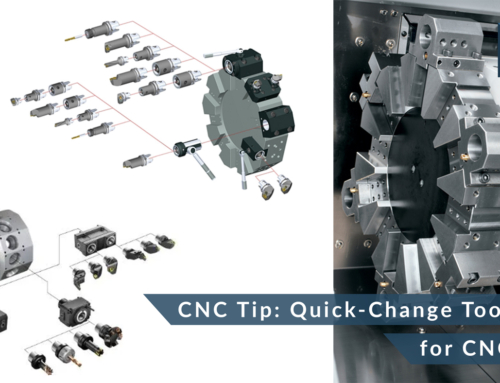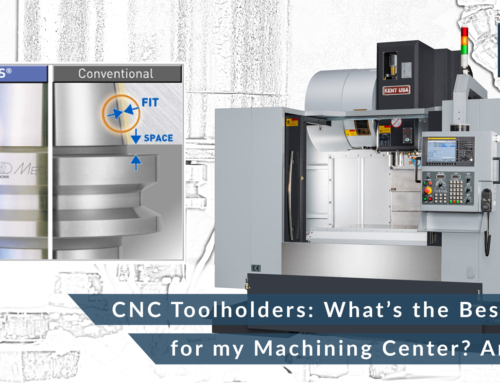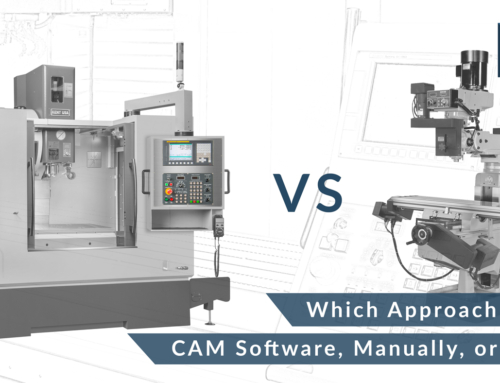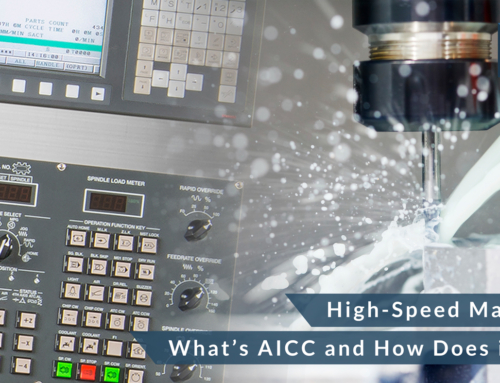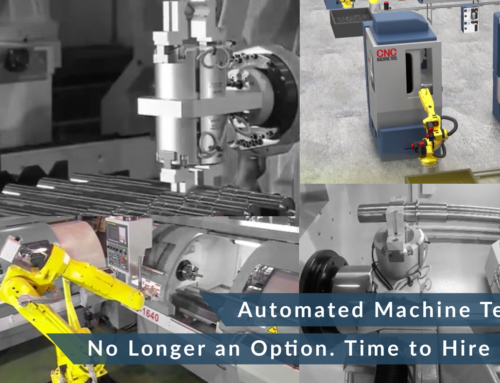Slugging it Out: Four Arguments Against Bar Feeders
Let’s pretend you just ordered a KLR-series 2-axis horizontal turning center from Kent CNC. Congratulations, but how are you going to keep it fed? One of the biggest decisions anyone can make upon ordering a new CNC lathe—whether it’s ours or someone else’s—is what kind of bar feeder to use, or whether one is even necessary. A strong argument can be made for skipping it. Here’s why:
- For shops short on real estate, a typical full-length bar feeder eats up roughly 14 feet of floor space, plus another couple feet to get around the thing—that’s easily enough room for another machine tool or two. Yes, so-called “shorty” bar feeders are available, but bear in mind that these increase the downtime needed for bar changes, plus the additional time necessary to saw bar stock into three or four pieces, chamfering or turning the end of each bar to fit into the pusher, and so on.
- There’s also material loss to consider. You can figure on losing several inches of “remnant” with each bar. This isn’t so bad on a 12-foot bar, but with shorty feeders, the cost can be significant, especially when turning expensive nickel alloys, titanium, and precious metals.
- And let’s not forget that the bar feeder itself will add another $10,000 up to $50,000 or more to the machine’s purchase price, plus the cost of spindle liners, hydraulic fluid, and the bar feeder interface.
- Perhaps one of the biggest considerations is spindle speed. Bar feeders have improved greatly since the days of screw machine-style “rattle tubes” and air or weight-actuated feeders, but even the best of them is going to make some noise and vibration when a 2-inch diameter length of 1018 steel weighing 128 pounds is revved up to 4500 rpm (the top speed on Kent CNC’s KLR-200 8-inch chuck CNC lathe). That’s a lot of mass whipping around.
Do you really need bar feeders?
The bottom line is this: provided your shop has an automatic bandsaw, it might be best to cut your raw material into workpiece-length blanks. Better yet, pay your steel provider to cut it for you—chances are they can do it for less money and more accurately than you can. Gone are the spindle speed limitations, the lost floor space, the wasted material, the noise and vibration. Yes, you will need a human being or robot on hand to load and unload parts all day, but depending on the application, it might just be the most efficient way to go.


